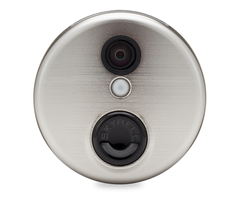Alarm.com OTA Updates for PowerSeries NEO and CSVR126 Stream Video Recorder
Posted By Michael GorisWe have learned that DSC PowerSeries NEO Systems and the Alarm.com ADC-CSVR126 Commercial Stream Video Recorder have new updates available. Both updates are quite minor. The PowerSeries NEO update (Version 1.36) can be requested from ADC. The ADC-CSVR126 update will be pushed automatically.

You may recall last week that there was an update for PowerSeries NEO Communicators. Well this one is for the NEO panel itself. It includes a minor fix related to the operation of interconnected smoke and heat detectors and their visual verification feature. Alarm Grid customers can contact us to push the upgrade from Alarm.com. If the update is sent across cellular, then a small fee may be charged by Alarm.com, and will be applied to your next bill.
As for the Alarm.com ADC-CSVR126 Commercial Stream Video Recorder, its new update merely updates the certificates the device uses with the Alarm.com platform. End users should not notice any change in the device's performance. Updates will be pushed down automatically over time, but you can also have the update pushed down manually if desired. No charge is required to do so. For reference, the new firmware is Firmware V4.1.10.190628.
The best way for an Alarm Grid customer to request one of these updates is to email support@alarmgrid.com. We check email from 9am to 8pm ET M-F. And if you are interested in becoming an Alarm Grid customer with access to Alarm.com, please check out our monitoring page We look forward to hearing from you!







